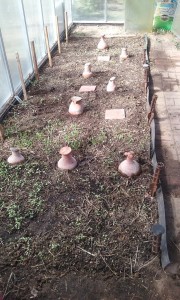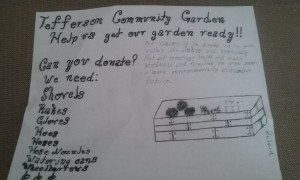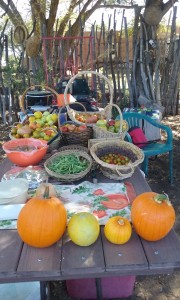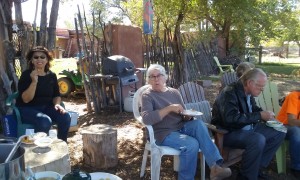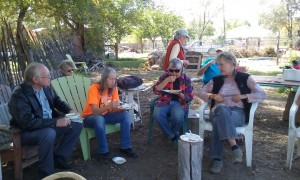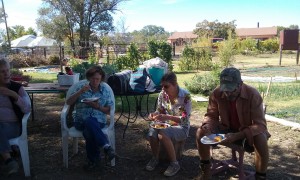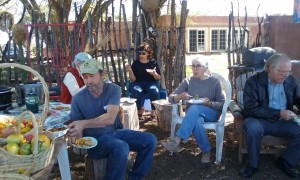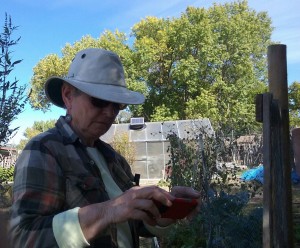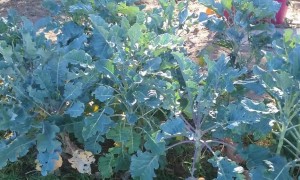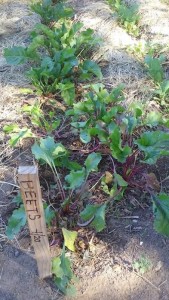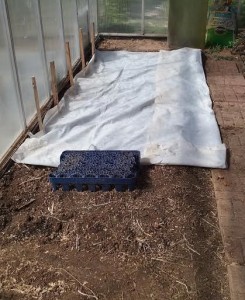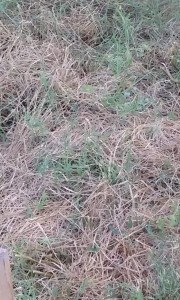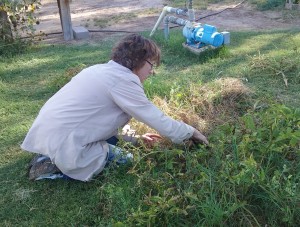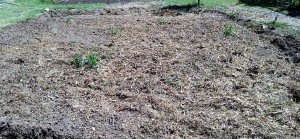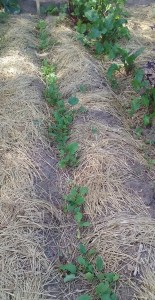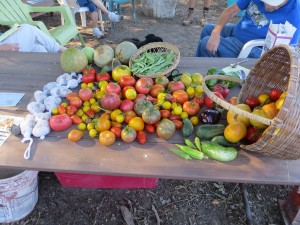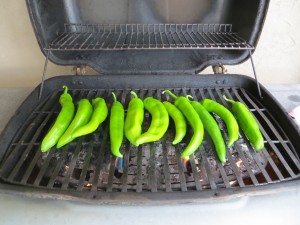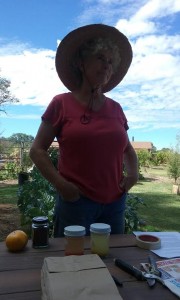See Food Democracy Now’s full report “Glyphosate: Unsafe on Any Plate” here:
Hydroponics–organic?
Winner of Soilutions’ Ode to Compost
Congratulations, Bronson Elliott!
https://www.facebook.com/soilutions.inc/videos/10154694374313399/
Agriculture and Climate Change
This article argues that “Rather than attempting to reduce greenhouse gas emissions drastically, agriculture is becoming a unit of accounting permitting emissions to continue or even increase,” the statement warns, explaining that precious farmland resources are increasingly seen as a valuable “carbon sinks” to promote market-based climate solutions that offset and trade emissions without a real reduction. According to the coalition of environmental groups, such schemes are “misguided solutions.”
from “Social Movements Warn COP22 Could Accelerate Climate Catastrophe”
By teleSUR 16 November 16
Agriculture and land grabs aren’t at the center of the climate change debate, a fact that will imperil the planet.
How can we put agriculture at the center of the debate?
Using ojas to keep the greenhouse soil moist
Albuquerque middle school starting a community garden needs tools
What Are Shallots Good For?
Shallots are one of the healthiest vegetables you can add to your diet. With strong anticancer properties and cardiovascular benefits, your body will surely benefit from using shallots in your recipes every now and then. Just remember, shallots are not onions, and therefore have their own taste. At VCG we’ve had good luck growing shallots and are thinking of increasing our plots. Learn more at this link:
The French chop them raw and add to lettuce salads with oil and vinegar–that’s all. You can saute them with mushrooms or any stir fry.
Autumn Potluck
Mid-October Garden 2016
Broccoli this year hasn’t flowered, but the small leaves are tender enough to eat.
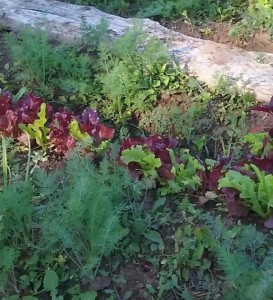
From leeks to lettuce, the garden is still active.
 We protect newly planted garlic from marauding chickens.
We protect newly planted garlic from marauding chickens.
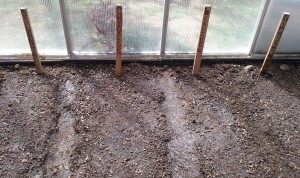 This set of starters got a good drenching with compost tea. Throughout the winter, we water the greenhouse from the gambusia (mosquito-eating) fish tank. For now, row cover helps the ground stay moist in between waterings and in the cold of winter will keep the soil warm.
This set of starters got a good drenching with compost tea. Throughout the winter, we water the greenhouse from the gambusia (mosquito-eating) fish tank. For now, row cover helps the ground stay moist in between waterings and in the cold of winter will keep the soil warm.
 Garden gold: compost tea curing in the sun. It’s a mixture of compost, manure, and gambusia water. It passed the smell test.
Garden gold: compost tea curing in the sun. It’s a mixture of compost, manure, and gambusia water. It passed the smell test.
Potluck this coming Saturday, October 15. Bring a dish to share and a recipe. Someday maybe we’ll create a cookbook. We’ll eat about 11:30 and have a short general membership meeting. Those of you who worked with us this spring and helped us have another successful harvest, please come visit. We need people to take home tomatoes!
Soilebration Nov. 12 at Soilutions
 http://soilutions.net/20years/
http://soilutions.net/20years/
This is where we get our compost, seed starter, and potting soil.
9008 Bates Rd. SE
Albuquerque, NM
Take Broadway/Hwy 47 north of Isleta. Turn west at the traffic light at Desert Rd. and continue for half a mile. Turn south onto Bates Rd. just before the RR tracks and go south two miles until you see the sign for Soilutions on the left.
Harvesting and Storing Sweet Potatoes
Thoughts from VCG president, Joyce Johns Hutchinson, on coping with Bermuda Grass–and the evidence that others haven’t given up either
I have begun to make peace with the Bermuda grass. I think it is one reason we can get away with only watering twice a week. It holds the moisture, the roots go deep and somehow the garden is healthy. Digging the grass out around the edges of plots isn’t any more work than putting down cardboard and chips. The squash bugs still haven’t bothered the lemon cukes, we never had a single tomato worm, and not one apple had cottle worm damage. Still had worms In the corn though. I’m reading Gary Paul Nabhan, Growing Food in a Hotter, Dryer Land. jjh
what we’re up against
Kathy weeding Bermuda grass out of the potato plot
Bethel with Bermuda grass she spent all morning extracting
Deb and Nancy weeding out Bermuda grass and preparing the garlic plot
Early October: garlic plot mulched and ready to plant
Early Fall harvest and chile roasting and winter garden started
Beth Crowder on Saving Seeds
Thank you, Beth, for taking time to show us how you save tomato seeds: Ferment them for three days with a little water, skim off the scum on top, and then spread in clumps on a sheet of newspaper. Even though you’re not sure fermenting is necessary, it’s good to know.
Seed Savers: Stories from the Vault
http://blog.seedsavers.org/blog/stories-from-the-vault
Seeds are viable for ten years, longer if frozen. These stories show why it’s good to save seeds.

